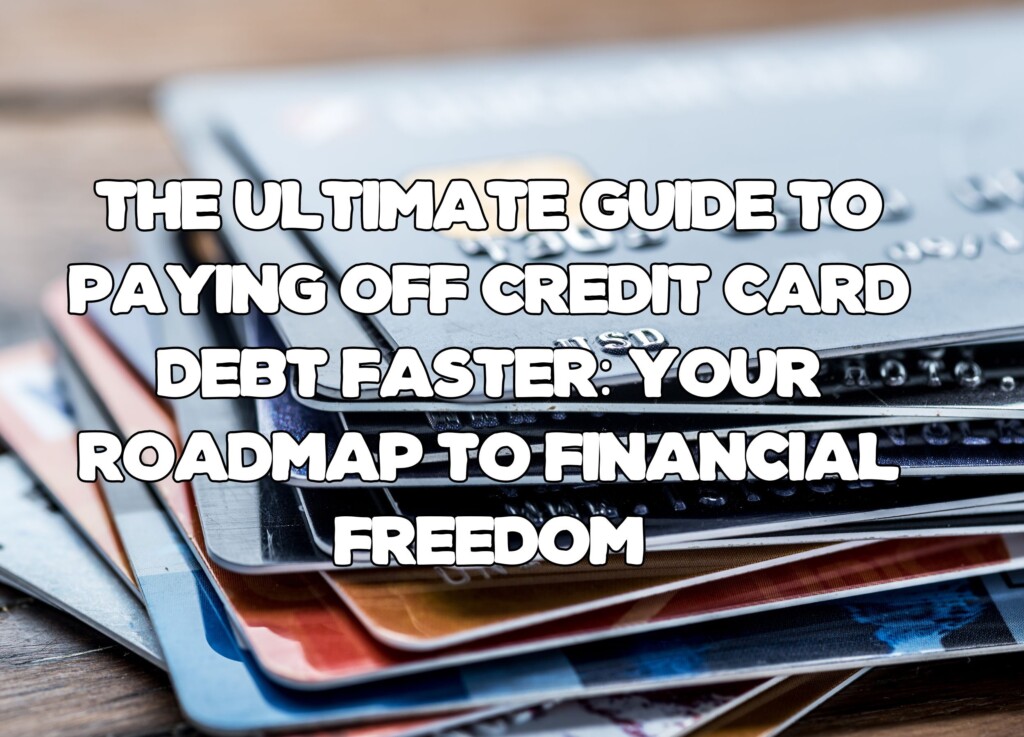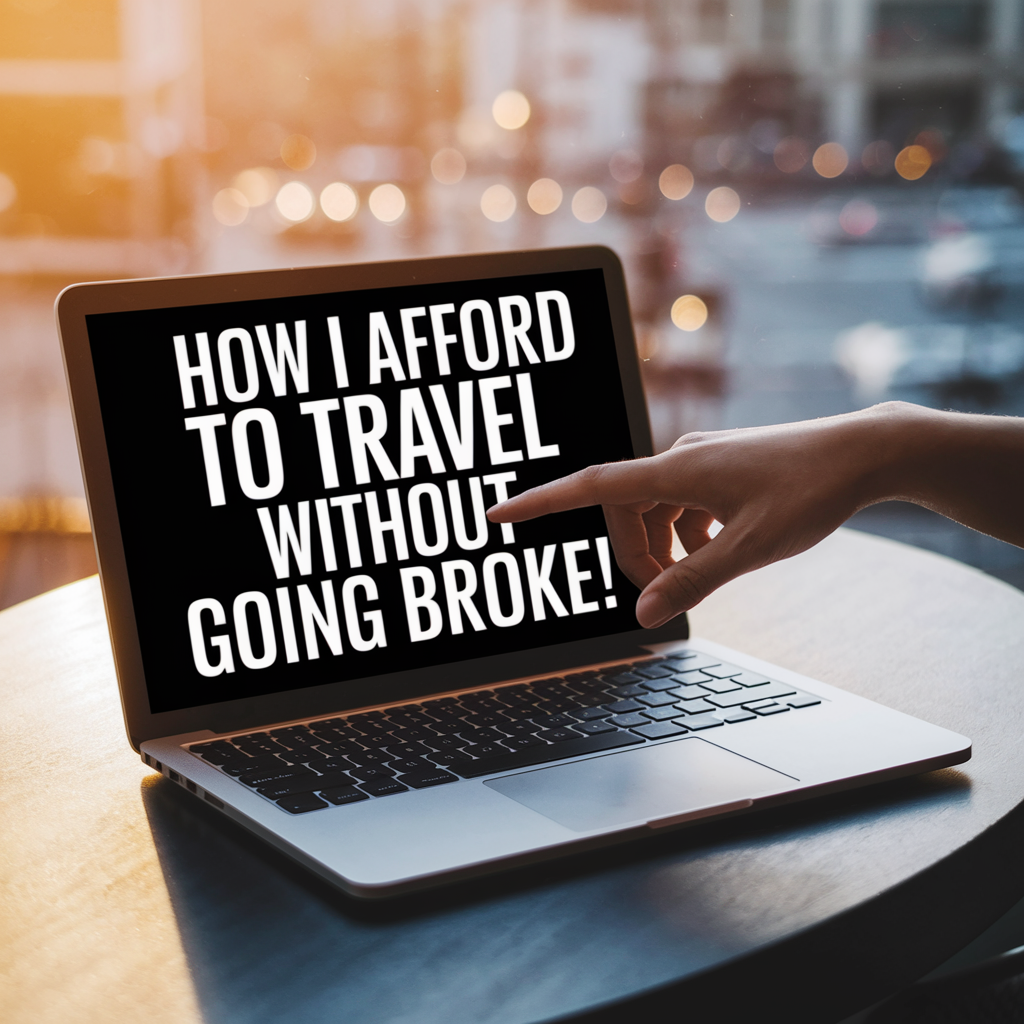Why Credit Card Debt is a Big Deal
Let’s face it, credit card debt is like that annoying friend who overstays their welcome—you just want it gone. The longer it hangs around, the more interest piles up, and before you know it, you’re in a financial hole that’s tough to climb out of. But don’t worry, you’re not alone, and there’s a way out. This guide will show you how to tackle that credit card debt and kick it to the curb for good.
The Real Cost of Credit Card Debt
First off, let’s talk about why credit card debt is so expensive. Those little pieces of plastic come with high-interest rates, often upwards of 20%. That means if you’re carrying a balance, you’re not just paying back what you borrowed—you’re paying a premium. And the longer you take to pay it off, the more you’ll end up paying in the long run.

Understanding Your Debt: The First Step
Before you can tackle your debt, you need to know what you’re dealing with. Gather all your credit card statements and make a list of how much you owe on each card, the interest rate, and the minimum payment. This will give you a clear picture of your debt situation and help you come up with a game plan.
The Snowball vs. Avalanche Methods: Pick Your Strategy
When it comes to paying off credit card debt, there are two popular methods: the Snowball Method and the Avalanche Method.
The Snowball Method
The Snowball Method involves paying off your smallest debt first while making minimum payments on your other debts. Once the smallest debt is paid off, you move on to the next smallest, and so on. The idea is that by knocking out the smaller debts first, you’ll gain momentum and stay motivated.
The Avalanche Method
The Avalanche Method, on the other hand, focuses on paying off the debt with the highest interest rate first. This method will save you more money in the long run because you’re tackling the most expensive debt first. However, it may take longer to see progress, which can be demotivating for some people.
Budgeting: Your Secret Weapon
If you’re serious about paying off your credit card debt, you need a budget. A budget will help you see where your money is going and identify areas where you can cut back. The more you can free up, the more you can put toward your debt.
How to Create a Budget
Creating a budget is simpler than you think. First, list all your sources of income. Next, list all your expenses, from fixed costs like rent and utilities to variable costs like groceries and entertainment. Subtract your expenses from your income, and what’s left is your discretionary income. This is the money you can use to pay off your debt.
The Importance of an Emergency Fund
Before you throw all your extra cash at your credit card debt, consider setting up an emergency fund. Life is unpredictable, and the last thing you want is to rack up more debt because of an unexpected expense. Aim to save at least $1,000 to start, and eventually build it up to cover three to six months’ worth of living expenses.
Balance Transfers: A Short-Term Solution
If you have good credit, you might be eligible for a balance transfer credit card with a 0% introductory APR. This can be a smart way to save on interest, but be careful. Once the introductory period is over, the interest rate will skyrocket. Make sure you can pay off the balance before that happens.
Debt Consolidation: Simplifying Your Payments
Another option to consider is debt consolidation. This involves taking out a loan to pay off your credit card debt, leaving you with a single monthly payment. The advantage is that the loan will likely have a lower interest rate than your credit cards, saving you money in the long run.
Negotiating with Creditors: It Doesn’t Hurt to Ask
Believe it or not, you can negotiate with credit card companies. If you’ve been a good customer, they might be willing to lower your interest rate or waive late fees. It’s not a guarantee, but it’s worth a shot. Just be polite and make your case.
Extra Income: Boost Your Debt Repayment
If you’re struggling to make a dent in your debt, consider finding ways to earn extra income. Whether it’s a part-time job, freelancing, or selling stuff you don’t need, every little bit helps.
Stay the Course: Consistency is Key
Paying off credit card debt is a marathon, not a sprint. It’s easy to get discouraged, especially when you’re not seeing immediate results. But stay the course. Make your payments on time, stick to your budget, and keep your eye on the prize.
The Psychological Aspect: Celebrate Small Wins
Don’t underestimate the power of psychology. Celebrate your small wins, whether it’s paying off a card or hitting a milestone. It will keep you motivated and remind you that you’re making progress.
The Final Word: You’ve Got This
So there you have it—the ultimate guide to paying off credit card debt faster. It won’t be easy, and it will require discipline and sacrifice, but the freedom that comes with being debt-free is worth it. So take that first step, pick your strategy, and start chipping away at that debt. You’ve got this!



